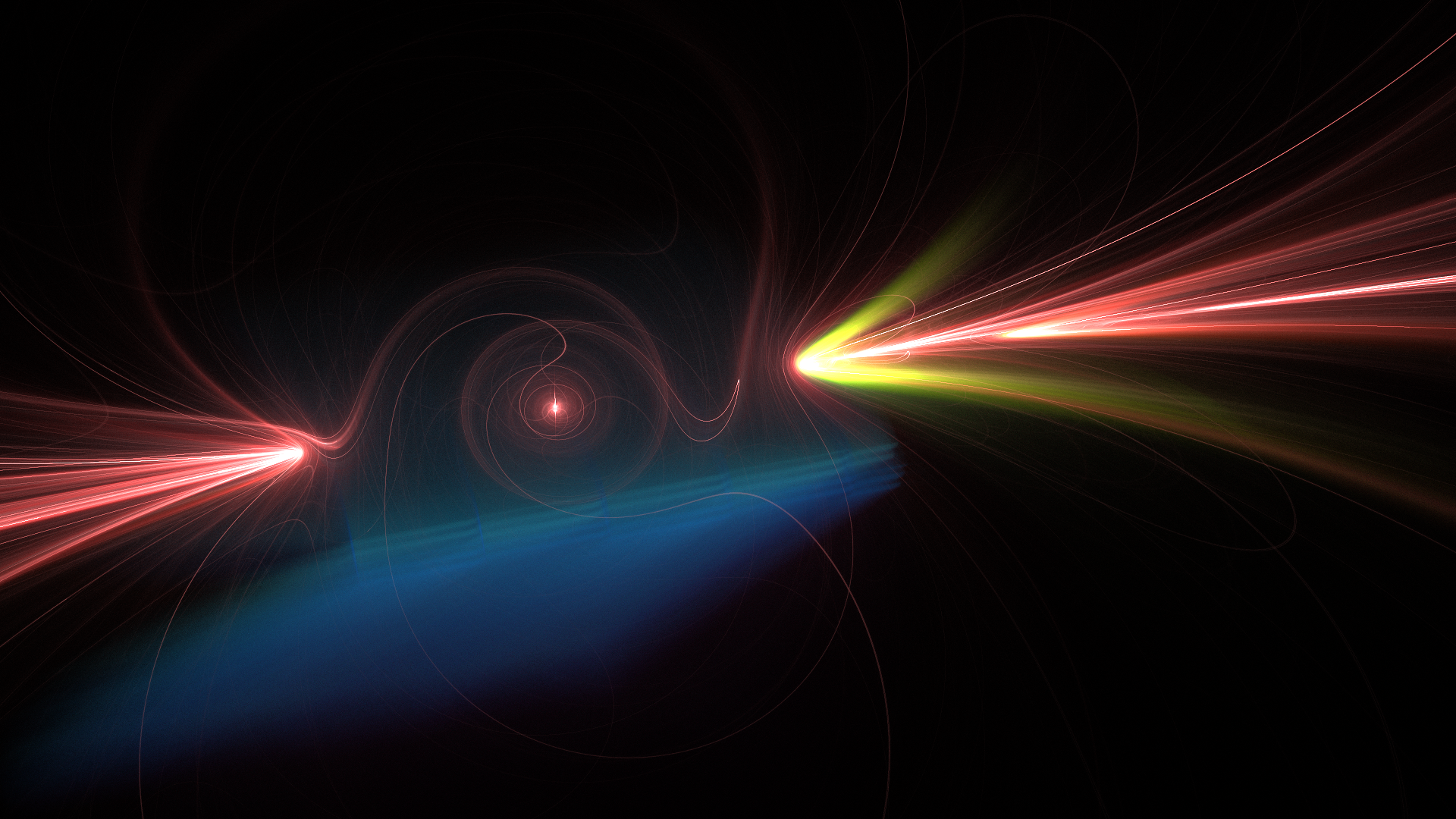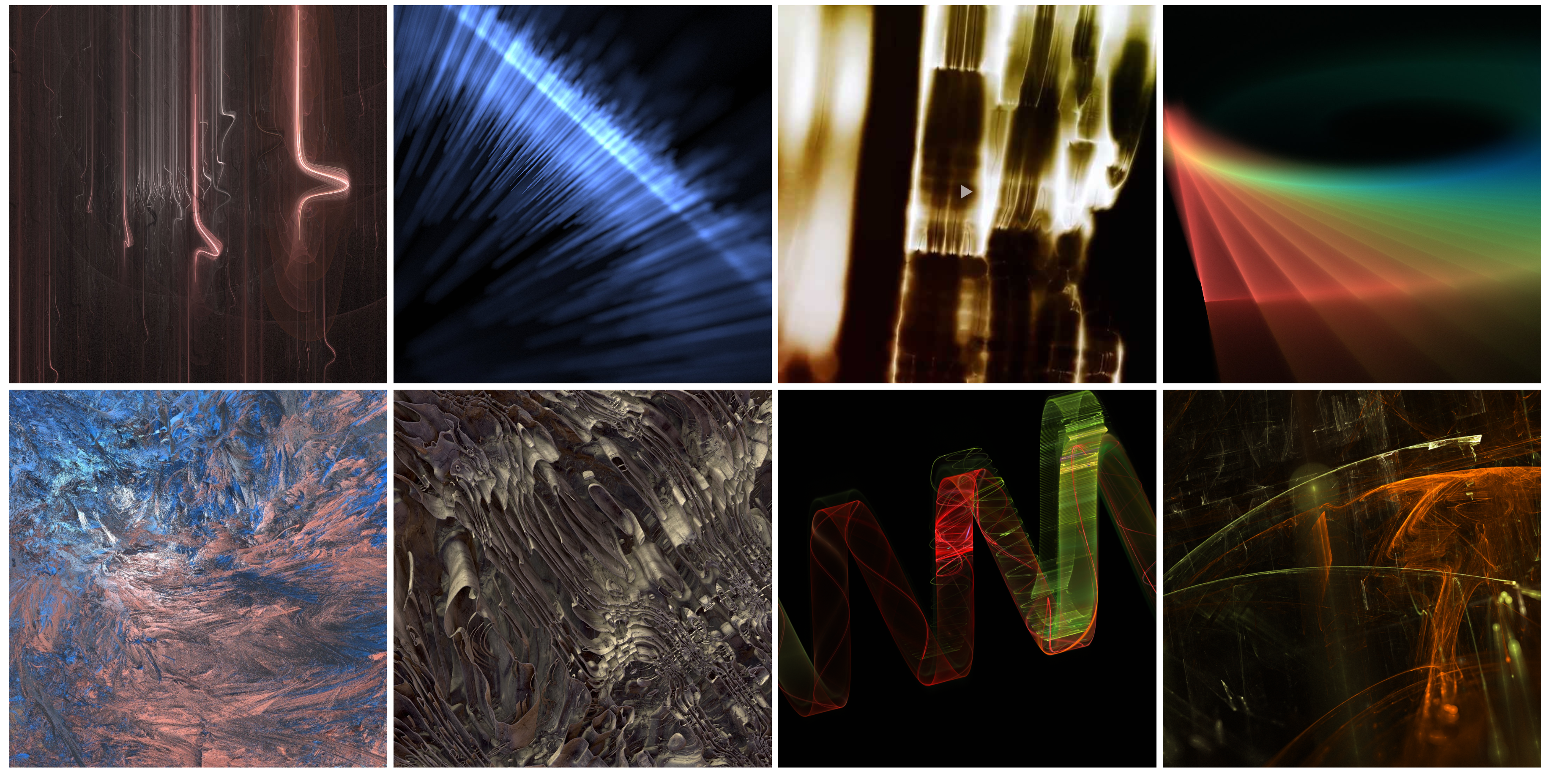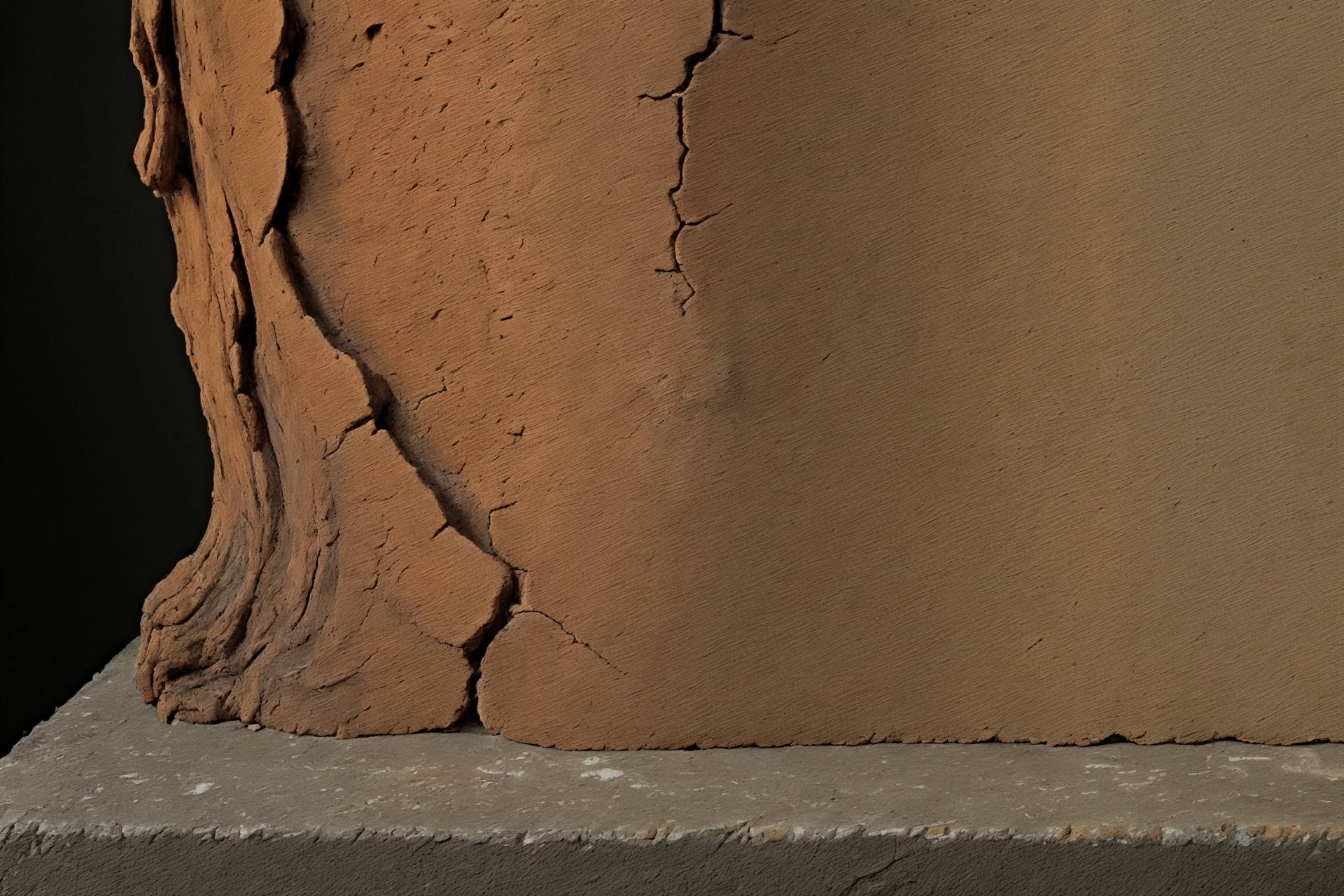Visual and Acoustic Explorations in Art and Science

The interplay between visual and sound impulses is essential to our perception of the world around us. Colors and sound waves create an impression that amplifies our sensory experience, a fact that artists and communicators have long used to great effect. Even in our earliest developmental stages, we connect sound to pictures to create proto-language, much like animals and nature use sound to communicate.
Perception is one side of the coin, but creating inferences from the data is the other. In the understanding of the world around us, visual and sound impulses are often complicit in our model of a situation. Sound conveys information about changes, interaction, and the environment interaction. Together with the optical image, it creates our perception of reality. Our hearing is as important as our sight. It is also susceptible to similar illusions.
One of the key organs responsible for processing both visual and sound stimuli is the visual cortex. This area of the brain is crucial in decoding the phenomenon of information and highlighting the importance of timing and rhythm of impulses, indicating that sound can also create images. However, the neuronal biophysics and synaptic physiology that underlie complex systems do not reveal the complex function of audio-reactive visual systems, making them a fascinating subject for study in both neuroscience and art.
Neuroesthetics is an area of study that seeks to understand the function and use of art in terms of our biology and perceptual models of the world around us. This field of study has shown that sound design, much like visual arts, uses an illusion to create a sensory experience. Music, for example, is an art form that builds on this idea, conveying information about changes in the environment and the situation.
With computer-generated applications, interactivity is a key feature, and audio-reactive visual systems have proven to be a popular choice for sound reproduction. Color theories and musical theories are both inspired by harmonic tones and have proven to be effective in guiding artistic expression. However, the myth of synaesthesia, or the idea that individuals can experience the crossing of sensory modalities, has been debunked, showing the importance of understanding the limits and possibilities of sensory experience. However, the effect is interesting from a psychological point of view and the concept is valid for artwork creation.
The connection between visual and sound impulses is a fascinating area of exploration in both art and science. By understanding how these stimuli interact and affect our sensory experience, we can create more effective and engaging art and communication. With the help of technology, we can continue to explore the possibilities of sensory experience, uncovering new insights and expanding our understanding of the world around us.
Digital artist and composer Daniel Sandner is a pioneer in exploring the intersections between visual and acoustic art forms through a scientific lens. He uses a range of cutting-edge technologies, such as AI augmented computer-generated imagery and audio-reactive visual systems, to create immersive and interactive artworks that blur the lines between sensory experiences. Sandner's work is characterized by an exploration of the underlying physics and biology of sound and light waves, as well as an artistic sensibility that is deeply attuned to the nuances of human perception and curiosity.
Visual and Acoustic Impulses and Interactivity of Reality Perception
Perception is one side of the coin, but creating inferences from the data is the other. In the understanding of the world around us, visual and sound impulses are often complicit in our model of a situation. Sound conveys information about changes, interaction, and the environment interaction. Together with the optical image, it creates our perception of reality. Our hearing is as important as our sight. It is also susceptible to similar illusions.
One of the key organs responsible for processing both visual and sound stimuli is the visual cortex. This area of the brain is crucial in decoding the phenomenon of information and highlighting the importance of timing and rhythm of impulses, indicating that sound can also create images. However, the neuronal biophysics and synaptic physiology that underlie complex systems do not reveal the complex function of audio-reactive visual systems, making them a fascinating subject for study in both neuroscience and art.
Visual Arts, Sound, and Neuroesthetics
Neuroesthetics is an area of study that seeks to understand the function and use of art in terms of our biology and perceptual models of the world around us. This field of study has shown that sound design, much like visual arts, uses an illusion to create a sensory experience. Music, for example, is an art form that builds on this idea, conveying information about changes in the environment and the situation.
When learning, the child is connecting sound to the picture, and the words are created. This preliminary proto-language is then molded into language. The same can be seen in nature and animal communication, both visual and auditory.
With computer-generated applications, interactivity is a key feature, and audio-reactive visual systems have proven to be a popular choice for sound reproduction. Color theories and musical theories are both inspired by harmonic tones and have proven to be effective in guiding artistic expression. However, the myth of synaesthesia, or the idea that individuals can experience the crossing of sensory modalities, has been debunked, showing the importance of understanding the limits and possibilities of sensory experience. However, the effect is interesting from a psychological point of view and the concept is valid for artwork creation.
The success—and blunders—of neuroesthetics can be seen in various industries, from computer games to film and music. Creative decision-making and technical challenges make use of complexities of the visual and sound systems that underlie our sensory experience.
The connection between visual and sound impulses is a fascinating area of exploration in both art and science. By understanding how these stimuli interact and affect our sensory experience, we can create more effective and engaging art and communication. With the help of technology, we can continue to explore the possibilities of sensory experience, uncovering new insights and expanding our understanding of the world around us.
Visual and Acoustic Art Forms and Science
Digital artist and composer Daniel Sandner is a pioneer in exploring the intersections between visual and acoustic art forms through a scientific lens. He uses a range of cutting-edge technologies, such as AI augmented computer-generated imagery and audio-reactive visual systems, to create immersive and interactive artworks that blur the lines between sensory experiences. Sandner's work is characterized by an exploration of the underlying physics and biology of sound and light waves, as well as an artistic sensibility that is deeply attuned to the nuances of human perception and curiosity.
From a scientific perspective, Sandner's work is important in the way it combines empirical research with creative experimentation.
By studying the physiology of the human brain and nervous system, Sandner has gained insight into how different frequencies of light and sound waves—and also shapes and patterns—interact with our sensory apparatus, and how we perceive these stimuli at a perceptual level. He has used this knowledge to inform his artistic practice, creating works that engage with the viewer's perceptual processes in unexpected and innovative ways.
Daniel Sandner's work in various media is marked by a deep sense of curiosity, experimenting, and playfulness. He is not content to simply replicate existing visual and acoustic forms, but rather seeks to push the boundaries of what is possible in these domains. By bringing together diverse elements such as natural phenomenons, mathematical formulae, and machine learning algorithms, Sandner creates works that are both aesthetically stunning and intellectually engaging.
His work challenges us to rethink our assumptions about the relationship between art and science and to explore the possibilities that emerge when these two domains are brought into conversation with one another.

